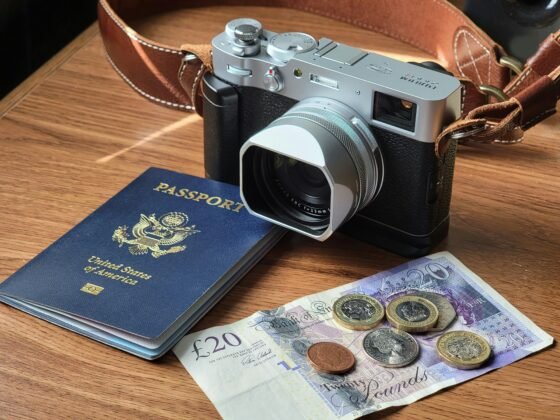Dogs can sometimes overreact to typical situations while triggered by the environment or other factors such as taking your dog into unfamiliar locations. One good example is going in holiday with your dog and visiting new places such as busy cities or areas with livestock or more people and other dogs than they are used to. However, reactions like barking, lunging, and growling does not mean that the dog is aggressive.
If these reactions are frequent, it can be challenging to manage your dog in public places and can make travelling with your beloved dog very tricky. You can travel and explore new places with your dog – here are some tips to help calm them down and make it a better holiday for you both.
Plan a Routine
Begin with setting up a routine for your reactive dog. Many dog lovers do not understand the importance of routine in their pets’ life. Pets observe you and sense everything, good or bad. Having a system makes things predictable for them. If you have a routine, like taking your dog on a walk in the morning, you will notice as you are wearing shoes, your dog’s excitement rises to get out with you. A routine changes the dog’s mood, and he can focus on you, keeping him calm in stressful situations.
Use Equipment
Dogs are most reactive on walks and equipment such as Gentle Leader, and Easy Walk Harness can help guide him while walking. These harnesses release the pressure off their throat.
Behavior Rehab Classes
Seeking help from a professional is one of the best ideas to help you and your dog manage his reactive behavior. If that isn’t a viable option, you can also seek an online dog training class that can help you get insightful ideas into managing your dog’s reactivity.
Counter Conditioning
It is essential to make your pet acquainted with things that cause such overreactions to reduce its fear. Counter conditioning is the process which helps in changing the emotions and behavior of dogs. You can follow these two steps for counter conditioning: Step1- Let the trigger be noticed ( seen, smelled, and heard). Step2- Immediately reinforce good behavior (give a toy or treat).
Household Changes
At home, dogs tend to bark a lot through the windows, as they think it is rewarding. You can use a tie-down to prevent them from going to the windows. Setting up baby gates also helps dogs stay in defined spots. Walking the dog in the backyard with a leash can help him behave better outdoors.
Body Language
Dogs communicate through their bodies. If they are relaxed, you can see their bodies are loose, with open mouths, soft eyes, and ears forward. When nervous or aggressive, their body gets tensed, and stiff, with barred teeth and hackles raised. In such a condition, try to calm them by slowly moving towards your pet in a friendly manner. Moreover, avoid eye contact, and remain calm and confident. Running is the worst option if you ever encounter a similar situation.
Even though it may seem that your dog’s reactive behavior is persistent, with the right training and patience, it can be overcome. Your dog is your best friend, and if you train him with a positive attitude, your efforts will never go in vain.












